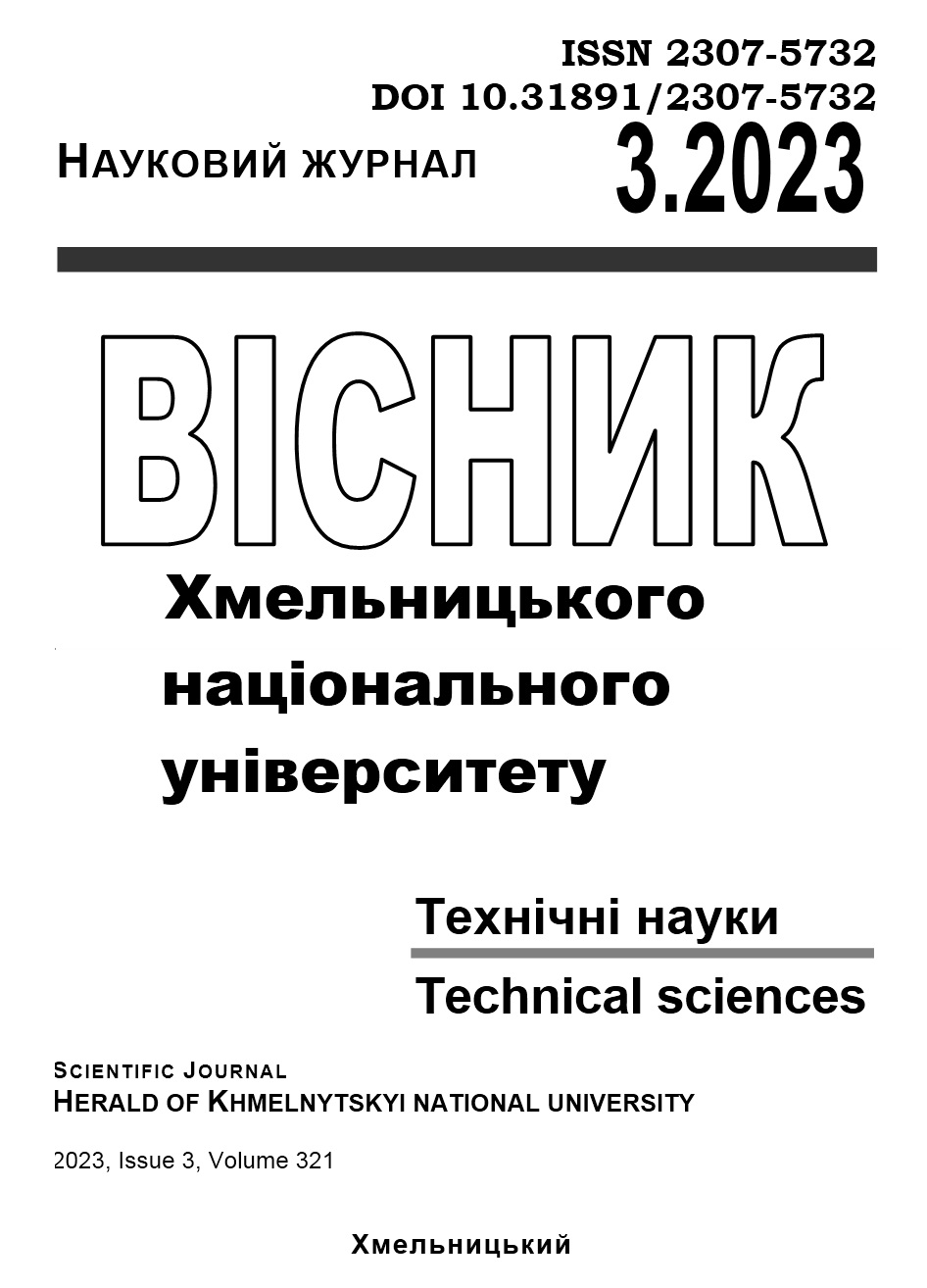EXPERIMENTAL STUDIES OF THE WAYS OF INCREASING THE CORROSION RESISTANCE OF STEEL PIPELINES
DOI:
https://doi.org/10.31891/2307-5732-2023-321-3-367-375Keywords:
transport, corrosion, pipes, destruction, stresses, microcracks, diffusion, dislocation theoryAbstract
Research has established the regularity of corrosion resistance of carbon pipe steels in the conditions of aggressive environments of enterprises, which is mainly determined by the content and type (composition) of non-metallic inclusions in steel. It is shown that the corrosion resistance of pipe steels with a long service life depends on both the number of non-metallic inclusions and their composition. It was established that calcium silicates and manganese-containing sulfides were the most corrosively dangerous in pipe steels. It is shown that in order to ensure high corrosion-mechanical resistance of pipe steels and to extend the operational accident-free (design) resource, it is necessary to reduce the content of ferrous metals as much as possible and to clean the steel from ferrous metals, which is achieved by metallurgical methods during smelting and out-of-furnace processing of pipe steels. With the use of the mathematical apparatus of the dislocation theory of strength, the energy required for the nucleation of a microcrack in the presence of a catalyst - hydrogen was calculated, and at the microcrack growth rate υр.тр = 10-2 mm/s, the mobility of hydrogen atoms in the temperature range +40...-30 °С is quite sufficient (diffusion coefficient DH≈10-4...10-6cm2/s) to enhance the corrosion development of a crack in the metal. Long-term studies of accident-destroyed pipelines indicate that the places where defects of any kind originate are mainly the areas of sheet metal or welds with an abnormally high density of non-metallic inclusions. In this regard, special attention must be paid to steel cleaning and modification of nonmetallic inclusions during the production of rolled products. Treatment of steel with silico-calcium or RZM will contribute to the globularity of sulphide NPs and increase the resistance against the destruction of reservoirs. Current regulatory documents (TU, standards) for the production of sheet steel do not regulate these requirements.
Downloads
Published
Issue
Section
License
Copyright (c) 2023 ВАЛЕРІЙ МАКАРЕНКО, ЮРІЙ МЄШКОВ, ІГОР СЕЛІВЕРСТОВ, ВЛАДИСЛАВ ЛАЗОРИК (Автор)

This work is licensed under a Creative Commons Attribution 4.0 International License.

